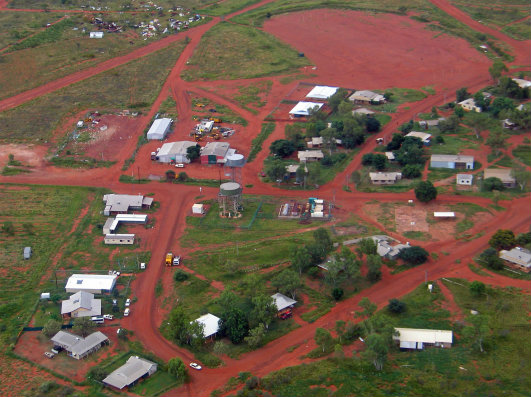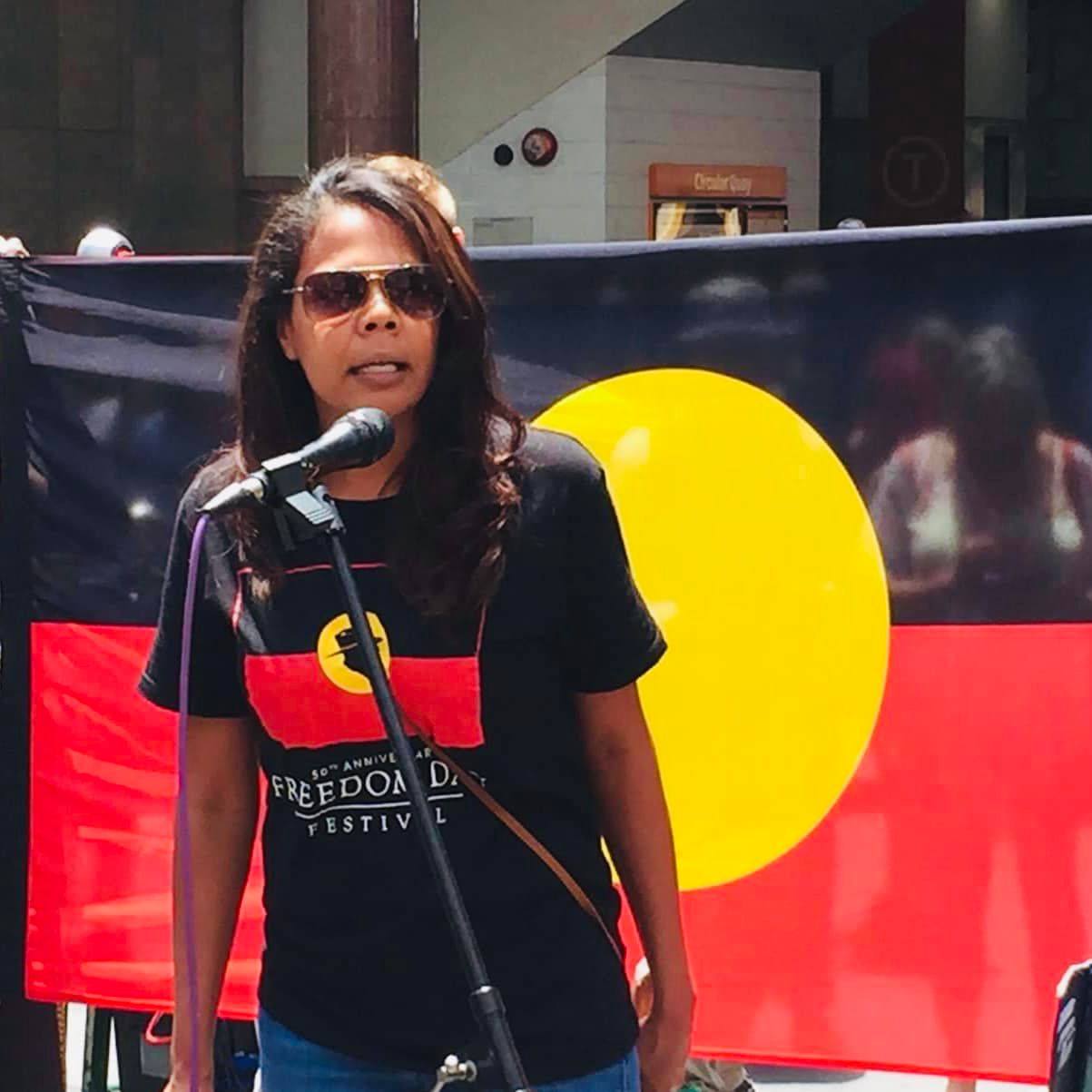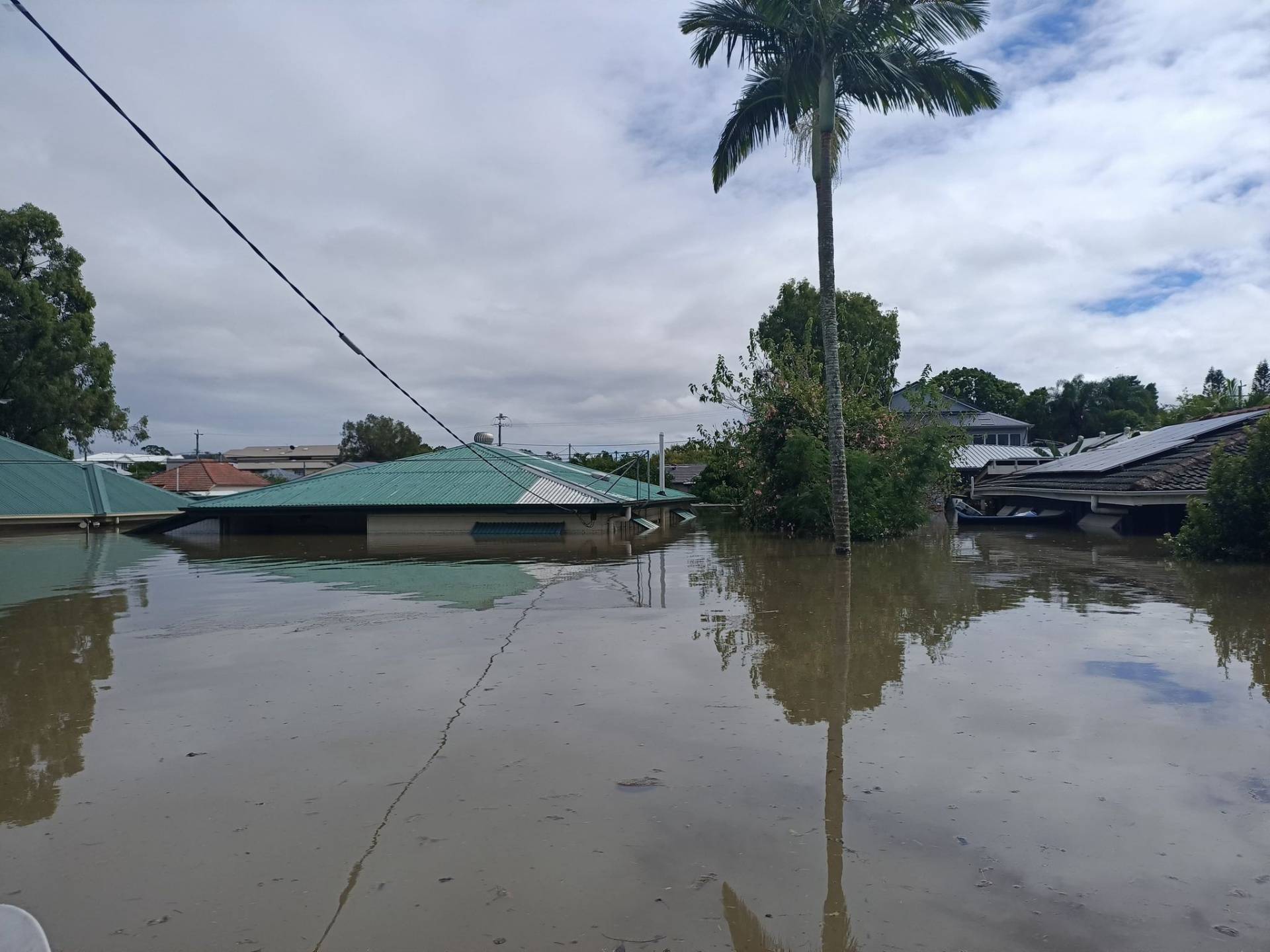Adopting more renewable energy sources as well as making welfare payments weekly have been flagged as possible solutions to food insecurity facing remote Indigenous communities.
A report from the University of Queensland was released last Friday with data retrieved from 17 houses across Cape York and Central Australia, in June and July in 2021, in collaboration with the Central Australian Aboriginal Congress and Apunipima Cape York Health council.
A key issue found in the report was that health foods were often deemed too expensive, pushing members of the community to choose cheaper unhealthier options.
UQ Senior Lecturer Dr Megan Ferguson, one of the reports researchers, said its difficult for remote communities to budget around healthy eating.
“In this study we’ve talked about how healthy foods is actually unaffordable in communities.
And so to ask members of community to budget where it is difficult to make it work is a bit tricky,” she said.
Indigenous communities in regional areas are also need to rely or have had to rely on traditional practices and sharing with community in order to combat rising cost of living and food shortage struggles.
“Community members were putting in incredible strategies many of which we’ve known and talked about before.
Using traditional food as a great food source when it was difficult to buy (food from stores with) money and for many other great reasons people chose to use traditional food.
But also the sharing of food with family members, sharing of money when people need that, and the sharing of power as well,” she said.
The report also sourced solutions to these problems from the community which highlighted need for budgeting resources, adopting cheaper renewable energy, and having welfare payments arrive weekly instead of fortnightly to create a more steady form of income.
Listen to the interview with University of Queensland Senior Public Health Lecturer DR Megan Ferguson:





